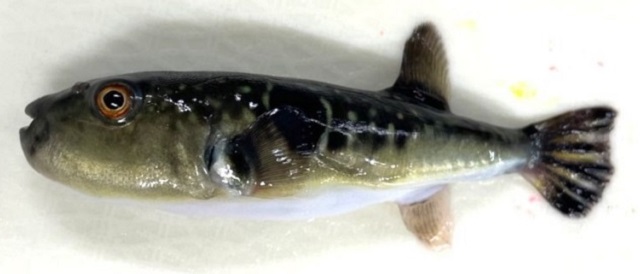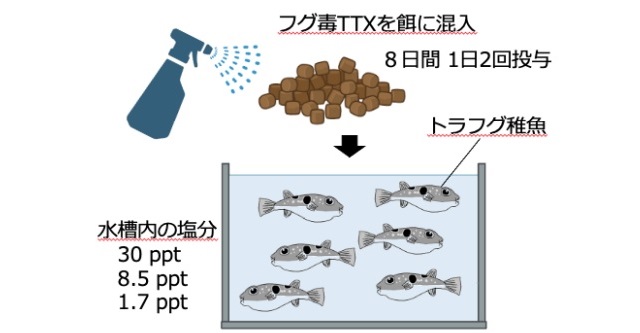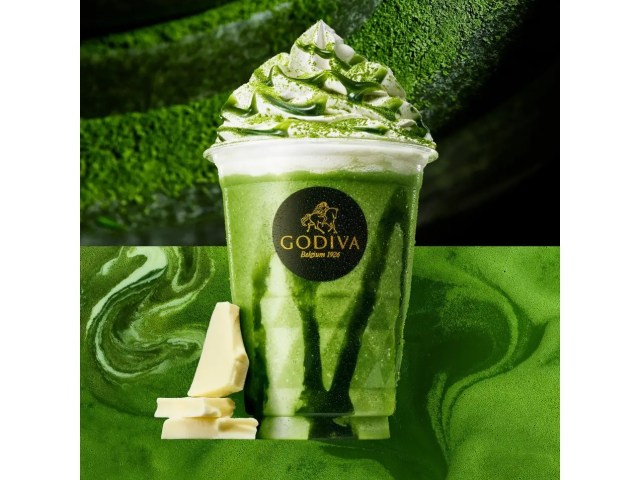What happens if you feed pufferfish poison to pufferfish? Japanese scientists trying to find out

”Here, little fishies! Come get your poison!”
Fugu, as pufferfish is called in Japan, is famous for two things it can do: make your taste buds rejoice and flat-out kill you. That’s because fugu livers, ovaries, eyes, and even skin contain tetrodotoxin, a powerful neurotoxin that causes paralysis, leaving those afflicted by the poison, for which there is no known antidote, to suffocate.
However, fugu don’t produce tetrodotoxin themselves. Instead, they acquire it through eating other sea creatures that contain bacteria with tetrodotoxin in smaller amounts, developing a resistance to the harmful effects in the process. So though fugu in the wild naturally gravitate towards a diet that leads to tetrodotoxin permeating their skin and organs, if their diet from birth was limited to foods without those bacteria, you’d have non-poisonous fugu.
But what if you took some non-poisonous fugu, who’d been hatched and then raised in a research facility and were thus tetrodotoxin-free, and started feeding them tetrodotoxin? That’s the question being asked by scientists at Nagasaki University, who’ve started mixing a dose of tetrodotoxin in with the feed for a group of non-poisonous fugu.
▼ A diagram of the experiment (hopefully the spray bottle of neurotoxin is very clearly labeled so that no one mistakes it for Febreze)

To answer the most immediate question that springs to mind, the fugu haven’t died, as apparently the dosage is small enough to not be life-threatening. However, the researchers have observed changes in the composition of the fugu’s intestinal flora, i.e. their gut bacteria. These changes could also possibly affect the functions of the fugu’s gut microbiome relating to metabolizing lipids and sugars. Whether these changes have a positive or negative effect on the fugu’s wellbeing is a question the researchers say will require further study to answer.
Another question that might be springing to mind is “Why?” Why, after going to the trouble to raise non-poisonous pufferfish, would you think “OK, let’s poison these guys up!”? The goal is to better understand fugu physiology in order to apply that knowledge to aquaculture. Though non-toxic fugu were first bred more than 20 years ago (also by scientists at Nagasaki University), farm-raised fugu is yet to really catch on among foodies, leaving demand for the fish to be supplied almost entirely on wild catches. Being able to more effectively raise fugu, with a flavor replicating that of wild-caught fish, could lessen the environmental impact of the pufferfish-eating practice.
The researchers say they should have further results ready for public announcement next summer.
Source: TBS News Dig via Jin, Nagasaki University
Images: Nagasaki University
● Want to hear about SoraNews24’s latest articles as soon as they’re published? Follow us on Facebook and Twitter!
Credit:




0 comments: